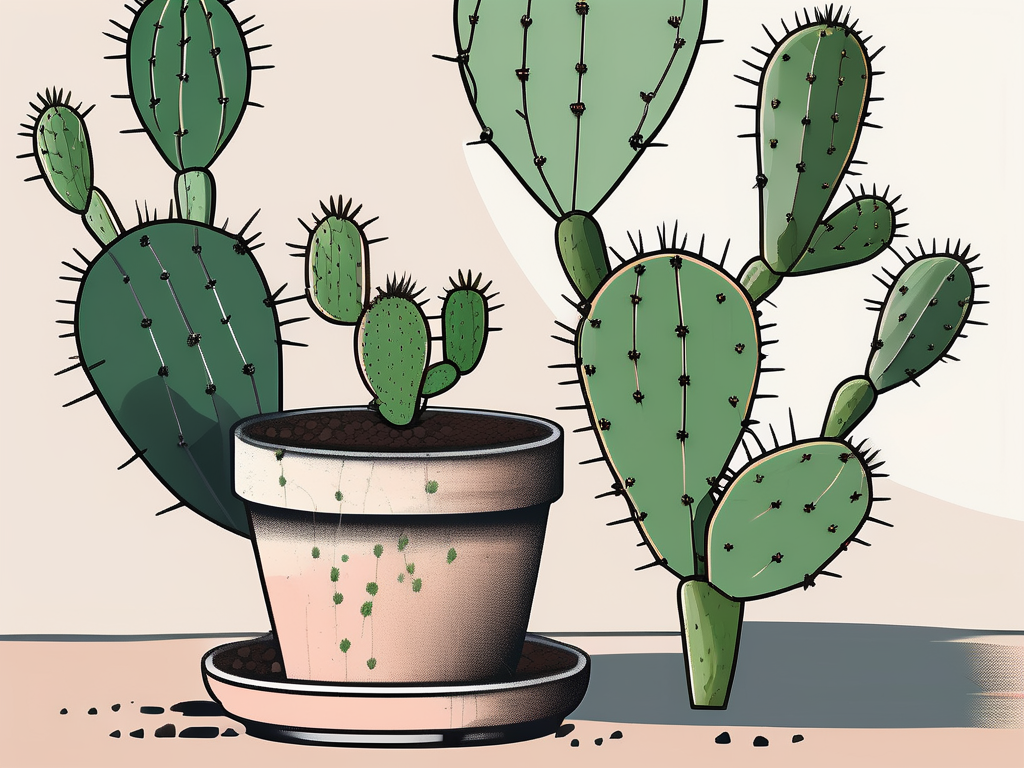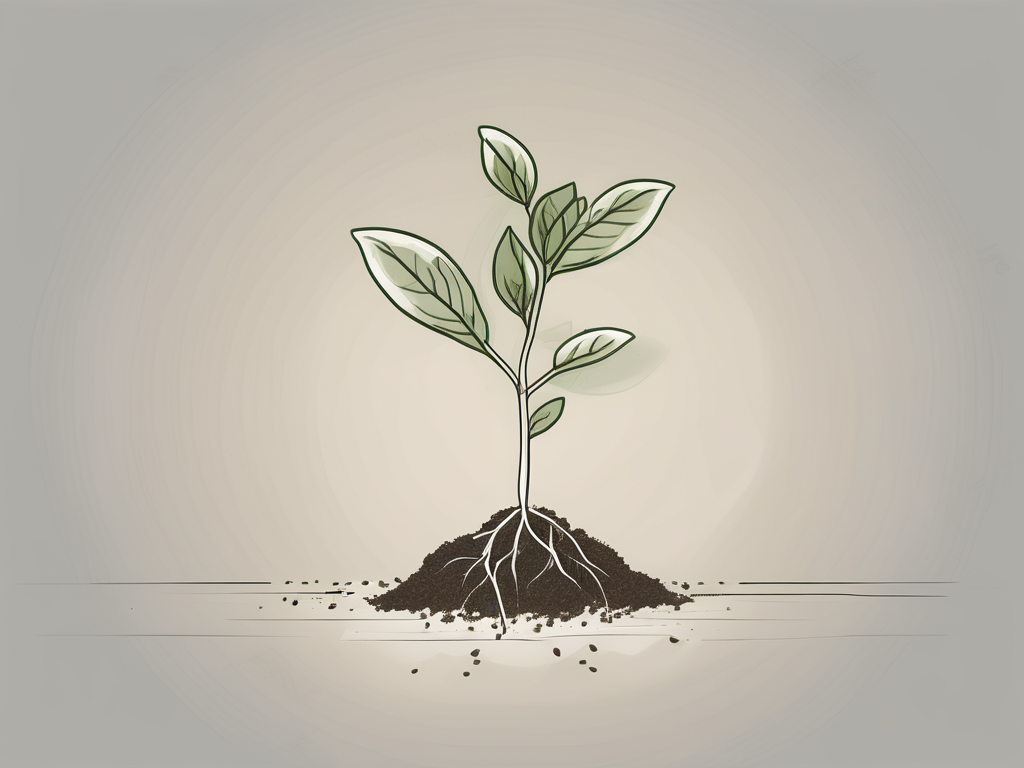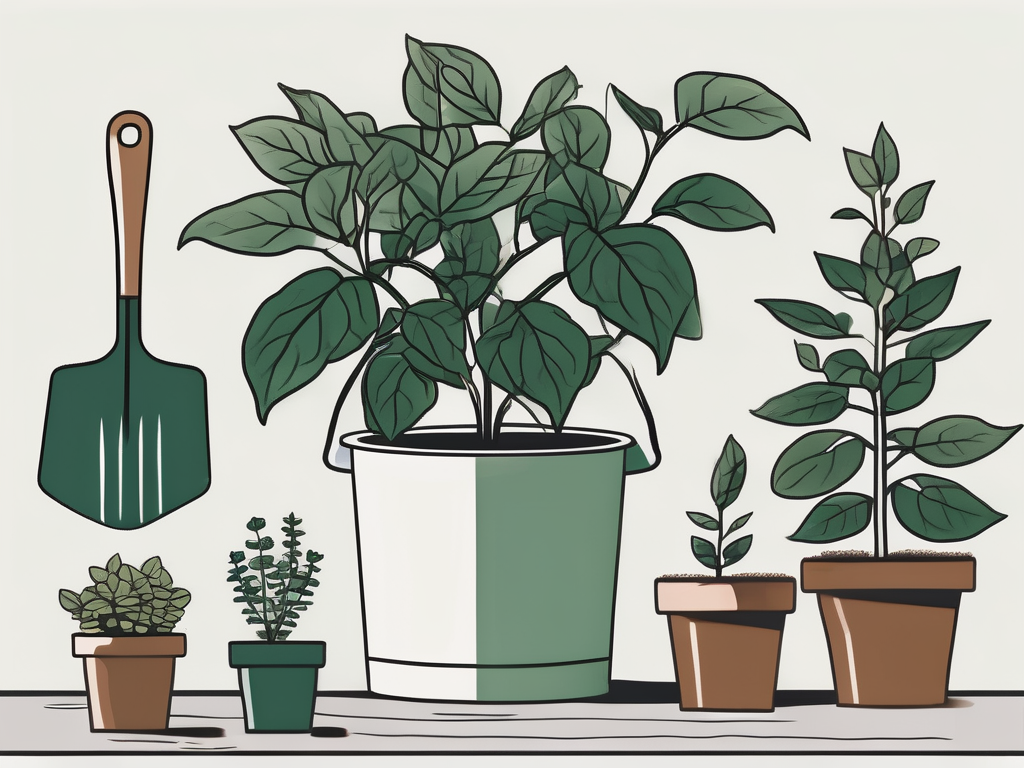
Prickly pear cacti, with their distinctive paddle-shaped pads and vibrant fruits, are not only eye-catching but also surprisingly easy to propagate. Whether you're a seasoned plant lover or just starting to fill your home with greenery, propagating prickly pear cacti is a rewarding and straightforward process.
In this article, we'll explore everything you need to know about propagating prickly pear cacti. From selecting the right cutting to ensuring your new plants thrive, we'll cover each step with practical tips and relatable examples to make the process as smooth as possible.
Choosing the Right Time for Propagation
Timing can play a crucial role in the success of your propagation efforts. The best time to propagate prickly pear cacti is during the growing season, typically in spring or early summer. During this period, the plant is actively growing, which means it's better equipped to develop roots.
Why does timing matter so much? Well, plants, like people, have their seasons of peak energy. Spring and early summer provide the right balance of warmth and sunlight, which encourages growth. Attempting to propagate during colder months might not yield the best results, as the plant is often in a dormant state.
If you're unsure whether it's the right time, take a look at your cactus. If it's showing signs of new growth, like budding flowers or vibrant new pads, it's likely a good time to start the propagation process.
Selecting the Perfect Pad
Not all cactus pads are created equal, especially when it comes to propagation. You'll want to choose a healthy, mature pad that appears plump and has no visible signs of disease or damage. A good pad will be firm to the touch and have a uniform color.
Why is pad selection so important? The health of the pad you're propagating directly affects the success rate of growing a new plant. A damaged or diseased pad can struggle to root, leading to disappointment.
Here are some quick tips for selecting the right pad:
- Size: Choose a pad that's at least 6 inches long.
- Color and Texture: Look for a pad with a consistent color and firm texture.
- Age: A mature pad is preferable over a younger one, as it has a better chance of rooting successfully.
Preparing for Propagation
Before diving into the actual propagation, a little bit of preparation goes a long way. You'll need a few supplies to ensure a smooth process. Gather a clean, sharp knife or pruning shears, a small pot with drainage holes, and some cactus soil mix.
Why is preparation so essential? Having everything ready means a stress-free experience where you can focus on the task at hand without scrambling for tools or supplies midway.
Here's a quick checklist to get you started:
- Tools: A sharp, sterilized knife or pruning shears.
- Pot: A small pot with good drainage.
- Soil: Cactus soil mix, available at most garden centers.
Cutting and Curing the Pad
Once you're all set up, it's time to make the cut. Using your sterilized knife or pruning shears, cut the chosen pad at its base. Be sure to wear gloves or use tongs to avoid the sharp spines, as these can be quite painful if they poke you.
After cutting, the next step is curing. This involves allowing the cut end of the pad to dry and callous over for a few days. Place the pad in a dry, shaded area where it won't be disturbed.
Why is curing important? The callous acts as a protective barrier, preventing rot and disease from entering the fresh cut. This step is crucial for healthy root development once the pad is planted.
Patience is key during curing. While it might be tempting to rush this process, giving your pad enough time to properly callous will significantly improve the chances of successful propagation.
Planting the Pad
With your pad cured and ready, it's time to plant it. Fill your pot with cactus soil mix, and gently place the calloused end of the pad about an inch into the soil. Make sure it's stable and upright, as an unstable pad might not root properly.
Water the soil lightly—just enough to moisten it without making it soggy. Cacti are adapted to arid environments, and too much water at this stage can lead to rot.
Why is planting technique important? Proper planting ensures that the pad has the best chance to develop roots and grow into a healthy, new plant. The right soil moisture and stability create an environment that's conducive to root development.
Caring for Your New Cactus
Once planted, your new cactus pad will need some TLC to thrive. Place the pot in a bright, sunny location, but avoid direct sunlight, which can scorch the pad, especially when it's still rooting.
Water sparingly. During the rooting phase, less is more. Allow the soil to dry out completely between waterings, which might mean watering only once every few weeks, depending on your climate and indoor conditions.
Why is careful care important? Young cacti are particularly vulnerable to overwatering and sunburn. By providing the right environment and care, you set the stage for healthy growth.
Monitoring Growth and Troubleshooting
As your cactus starts to establish roots, you'll notice new growth emerging. This is an exciting time, but it's also important to keep an eye out for any issues that might arise.
Common problems include yellowing pads, which can indicate overwatering, or shriveled pads, which might suggest underwatering. Adjust your care routine accordingly to address these issues.
Why is monitoring important? Catching problems early can prevent more serious issues down the line. By staying vigilant, you can ensure that your cactus grows strong and healthy.
Transitioning to a Permanent Spot
Once your cactus is well-rooted and showing healthy growth, it's time to consider moving it to a permanent spot. Choose a location with plenty of light and space for the cactus to grow.
If you're planting outdoors, ensure the spot has well-draining soil and receives plenty of sunlight. For indoor plants, a south-facing window is often ideal.
Why is transitioning important? Giving your cactus a permanent home ensures it has the space and conditions it needs to thrive long-term. Proper placement can make all the difference in its ongoing health and growth.
Enjoying Your New Prickly Pear Cactus
With successful propagation, you'll have a new prickly pear cactus to enjoy. Whether it's part of an indoor collection or a stunning addition to your garden, this resilient plant offers both beauty and a sense of accomplishment.
Consider sharing your propagation success with friends or family. Not only does this spread the joy of plant parenthood, but it also provides an opportunity to swap tips and experiences.
Why is sharing important? Planting and growing can be a communal experience, bringing people together over a shared passion. Plus, sharing your success can inspire others to try their hand at propagation, spreading the love of plants even further.
Final Thoughts
Propagating prickly pear cactus can be a delightful and rewarding endeavor. By choosing the right time and pad, preparing adequately, and providing the appropriate care, you're well on your way to growing a beautiful new plant.
At Cafe Planta, we're all about helping you with your plant journey. Whether you have questions about plant care or you're looking for the perfect addition to your collection, we're here to help. Feel free to email us or send us a DM on Instagram. We believe plants have a unique way of bringing people together, and we're excited to share our passion with you!












